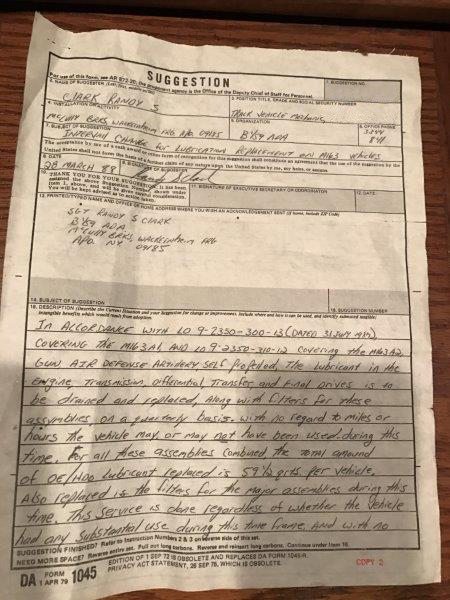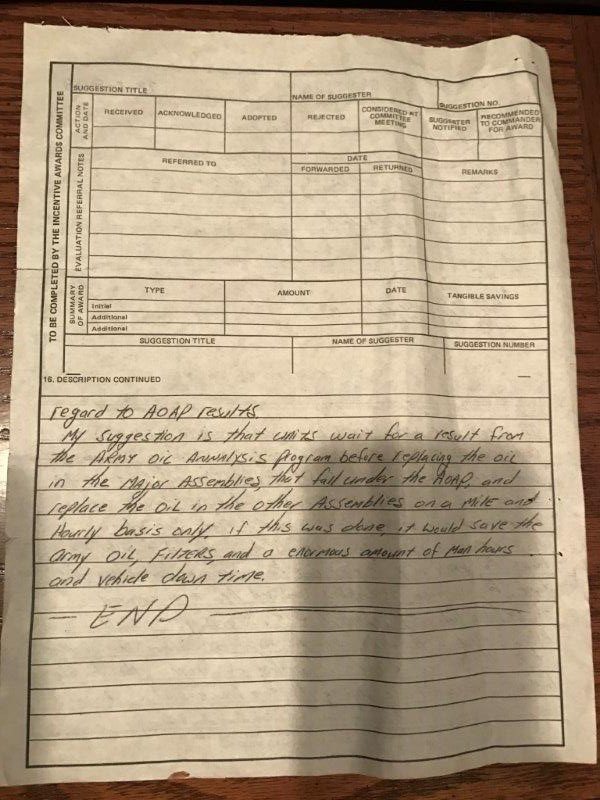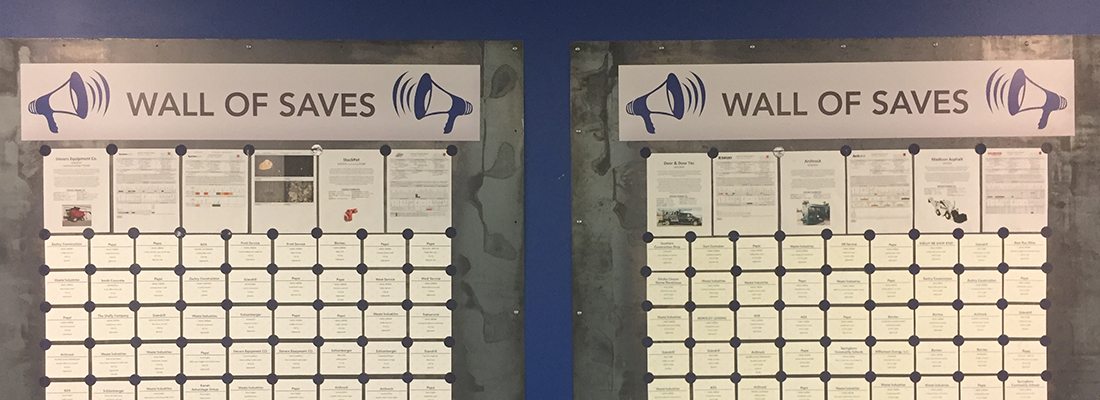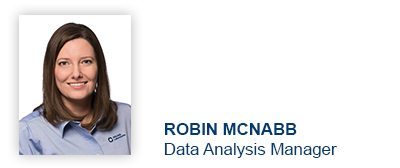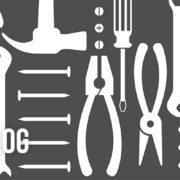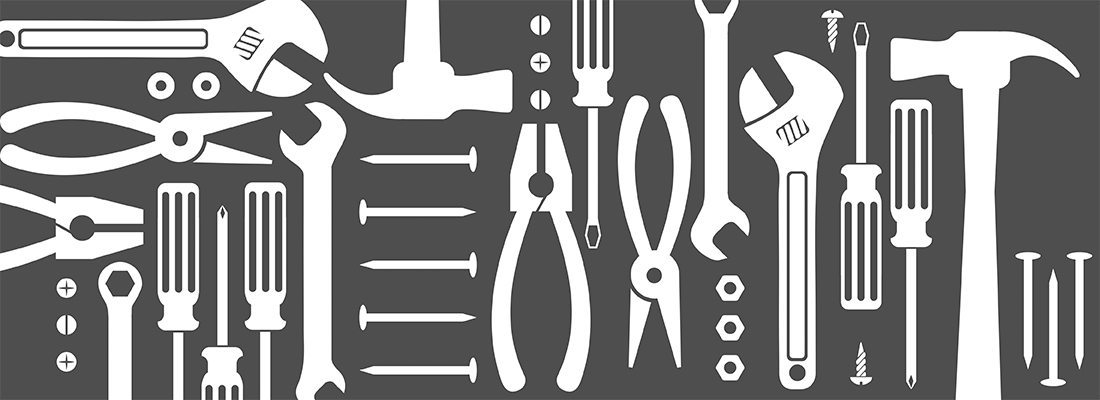The Benefits of Fluid Analysis for OEMs
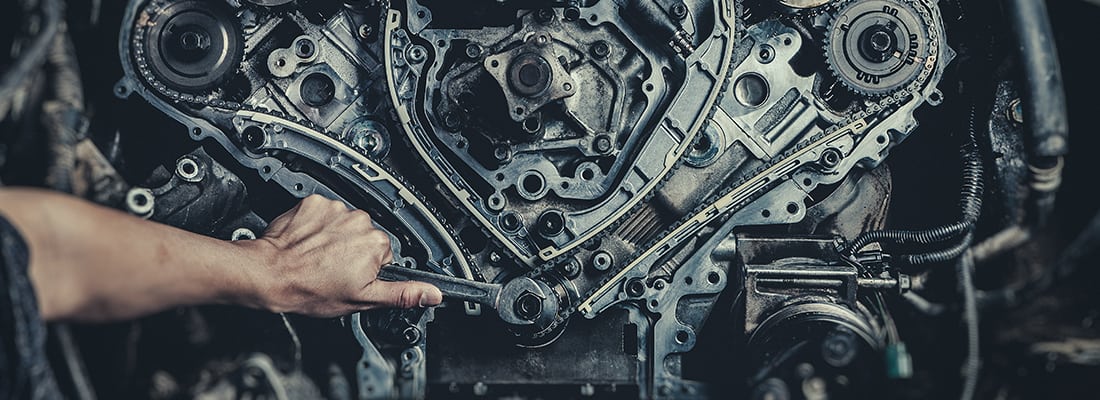
OEMs often use fluid analysis to enhance their product offerings. Partnering with an accredited laboratory, they can help their customers obtain the most value out of their equipment.
Whether an OEMs’ customers want to extend both oil and equipment life, increase equipment resale value, or reduce overall maintenance costs, they have a resource to help improve their maintenance program.
This is not the only value fluid analysis provides to OEMs.
- Warranties. The use of fluid analysis allows OEMs to address warranty claims made by their customers.
- Equipment Service Support. Oil analysis is often included as part of the service package for both OEMs and dealers’ customers.
- Early Failure Detection. This allows OEMs to have an earlier indication of when equipment moves into failure mode
- Increase Resale Value. The use of a fluid analysis program has proven to increase equipment resale value.
- Brand Awareness. Fluid analysis programs help OEMs enhance the value of their brand in the eyes of their customers.
OEMs who work with a fluid analysis provider offer additional value to their end-users. This added value helps them advance their brand as well as build credibility as their customers’ maintenance partner.
Have questions about the value of fluid analysis for OEMs? Contact us at custserv@eoilreports.com to learn more.

Proven Impact. Proven Uptime. Proven Savings.
Let us prove it to you.







